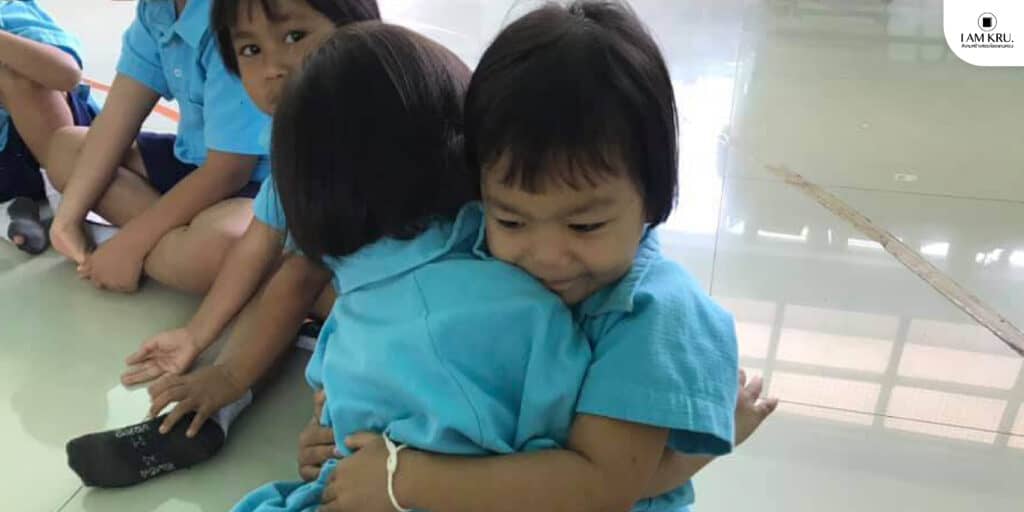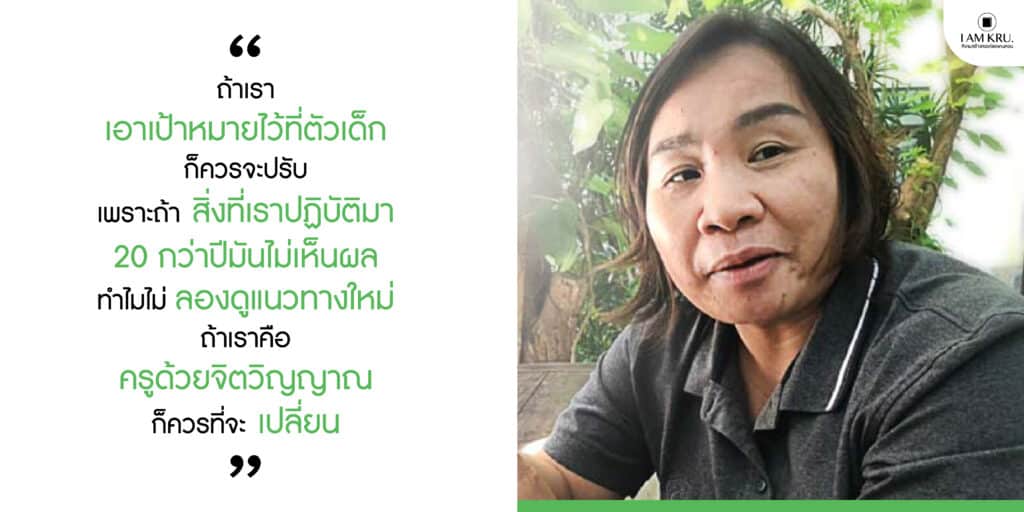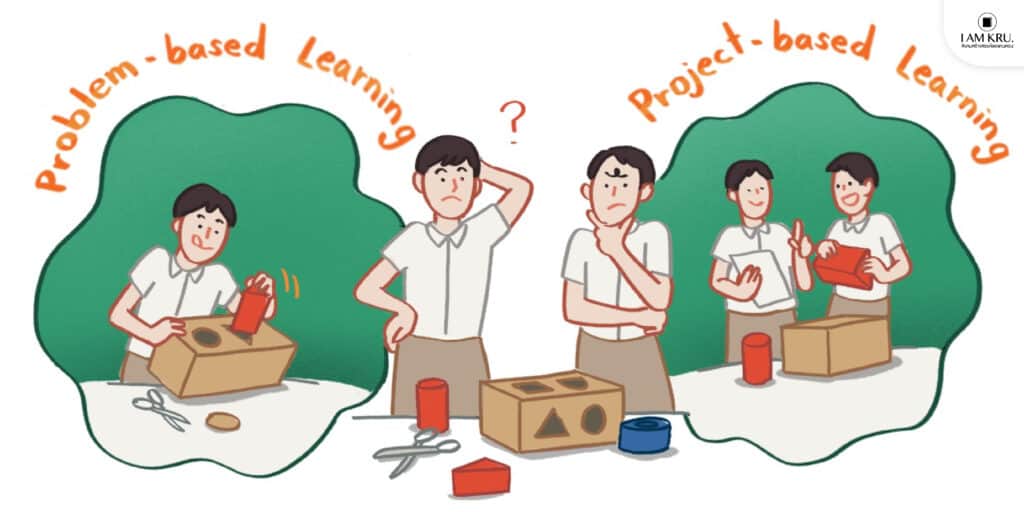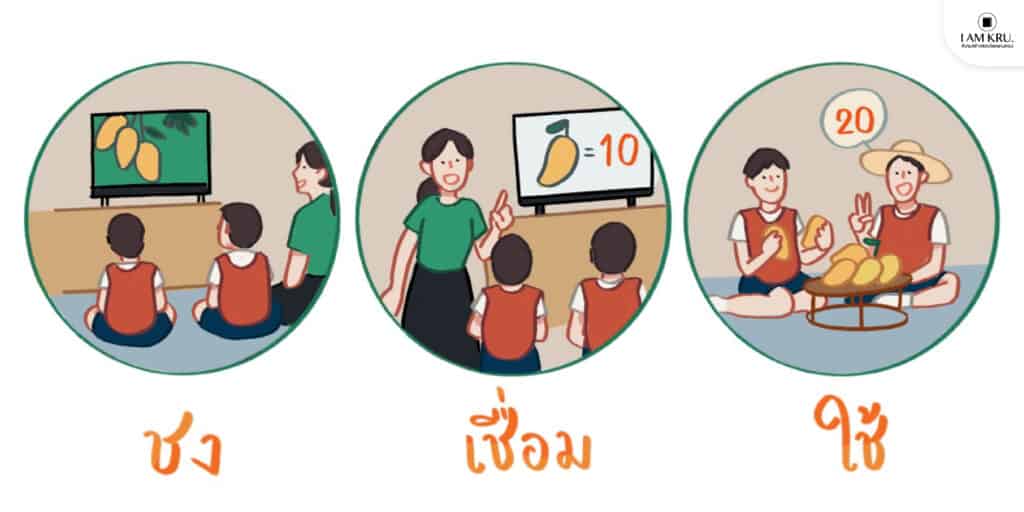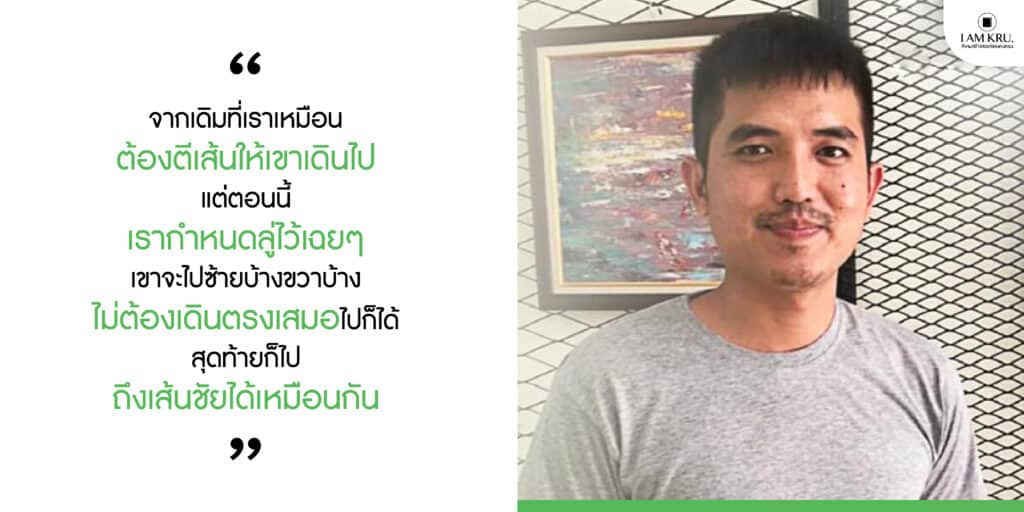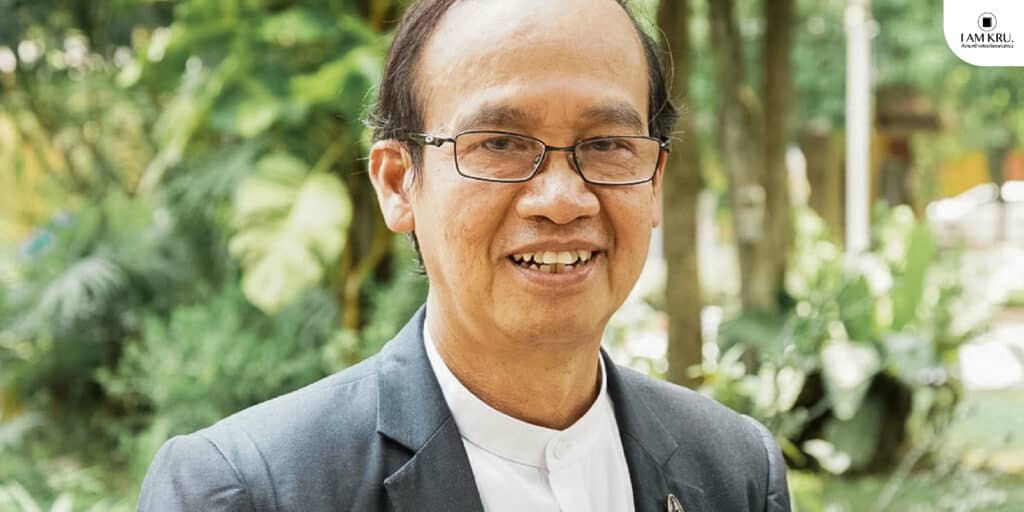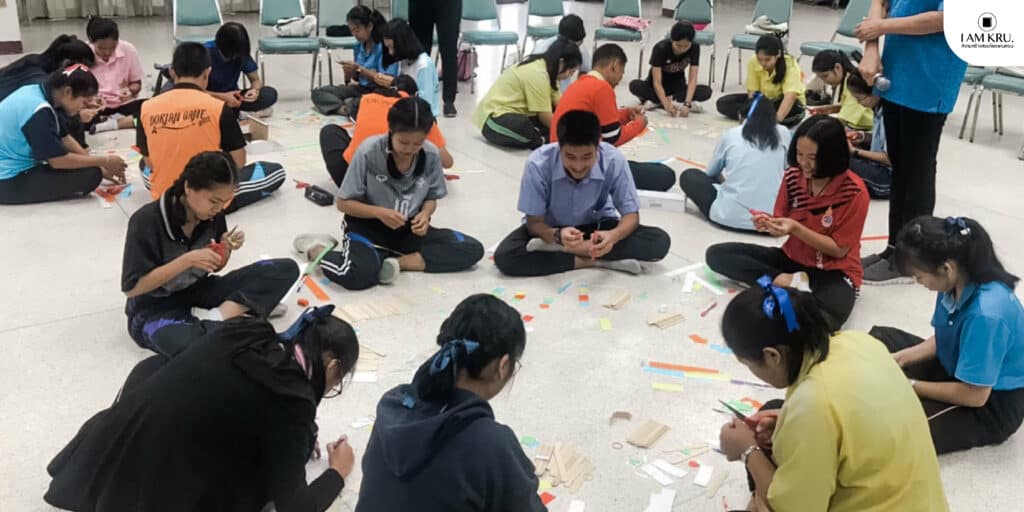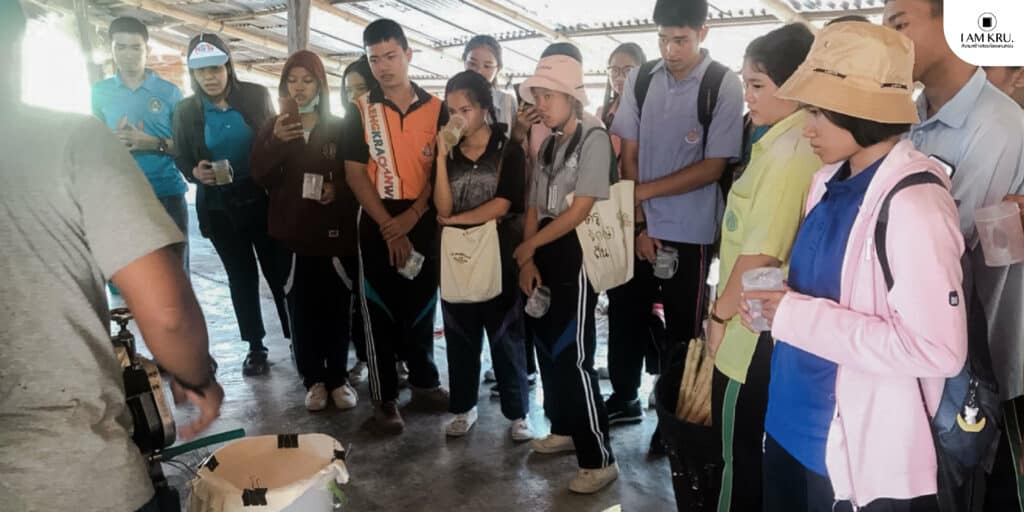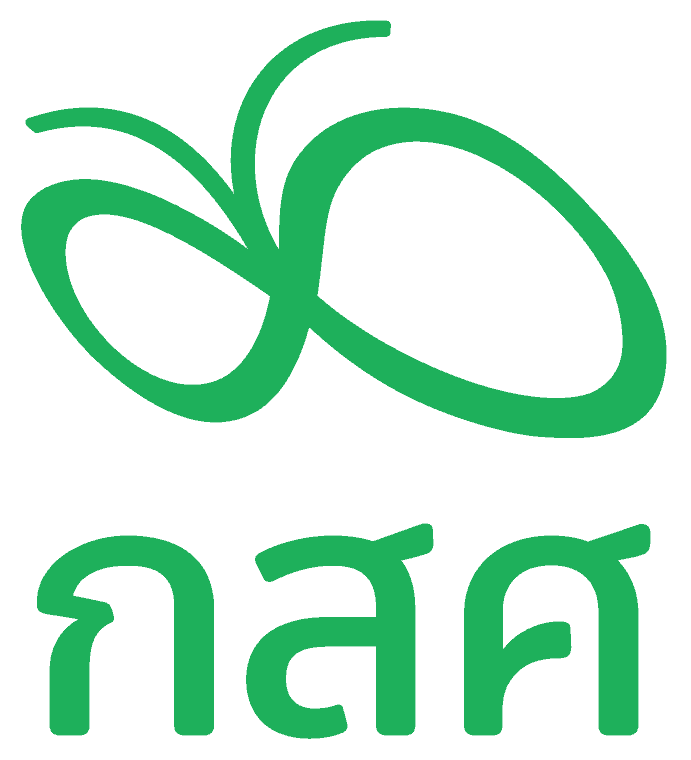Phuket classroom and a learning model from the locals
คุณคิดว่าห้องเรียนที่อยู่ใกล้ทะเลดีอย่างWhat do you think is good about a coastal classroom?ไร?
Aside from a good atmosphere near the tourist attraction, the teacher can also manage to hold a learning activity from the ‘Tales of the Sea’.
The Equitable Education Funds (EEF), in cooperation with Phuket Rajabhat University, has been operating Teachers & School Quality Program (TSQP) or the so-called “Self-developing Schools” 2nd generation in Phuket along with other regions. Each school has its own way of teaching depending on the attraction of that particular area. Phuket are well known for 3 things. First is the sea which is an important part of Southern Thailand. Second, because the town is highly populous, garbage can be found everywhere in the area. And third, a local sweet called ‘Tubo’. Local students are well familiar with these things and they could be used as learning tools for them. What we will discover in this program is the procedure that TSQP and Phuket Rajabhat University used; how they benefited from integrating local products into the program, the difference compared to other schools and the impact on students and teachers.
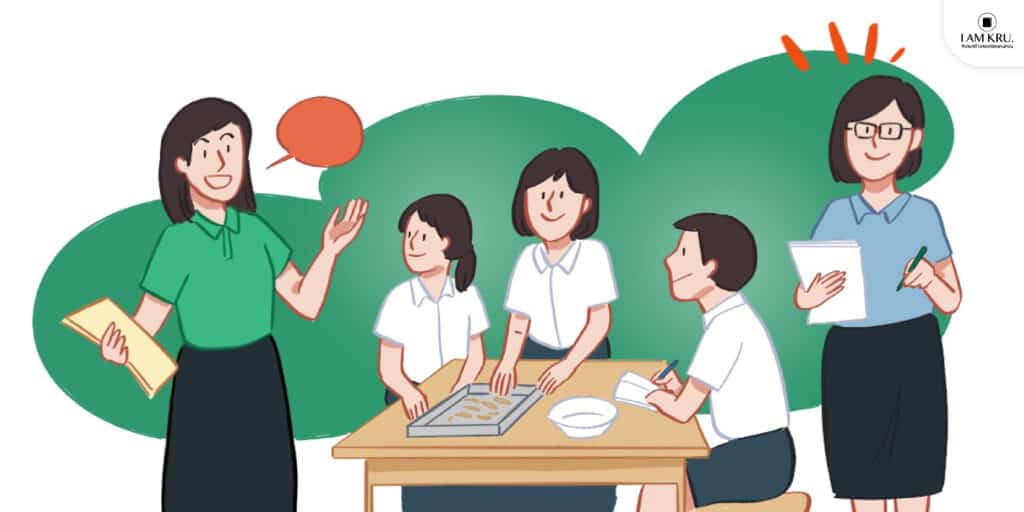
Decoding PLC, creating learning method
Dr. Siriwan Chatmaneerungcharoen, Faculty of Education, Phuket Rajabhat University explained the procedure that the TSQP program has adopted a whole approach of teacher professional development to manage the competency-based learning through a form of PLC learning community. Teachers will be in charge of setting up active learning in class, the purpose is to encourage students to act instead of just listening and taking notes. The university will work closely with schools in the network in terms of analyzing their needs and learning of each school by applying development evaluation (DE) to determine a mutual core learning outcome of teachers and school executives. After that, school executives would adopt the guideline to develop teachers in their schools with help from “Master Teachers who work as a PLC development team. The team and others involved such as educational supervisors and experienced teachers will be observing in classrooms with a class observation form that specifies everything from introduction, subject description, activities, and conclusion. They will observe the type of active learning, whether it be learning by doing activity, high level thinking skill-enhancing activity, activity that encourages students to interact with other students, teachers, and others, self-learning activity and/or project-based activity, including whether or not students can create a project and whether or not teachers can design good lesson and activity.
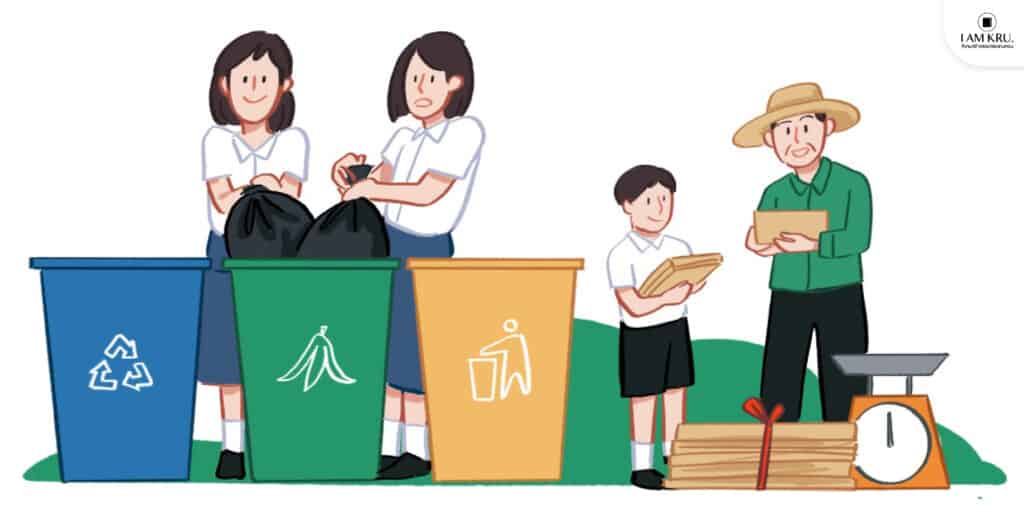
Learning through waste management
The three model schools in Phuket province, which are Wat Kuku school, Wat Ket Ho school, and Ban Kalim school, are affiliated to the Office of Basic Education Commission (OBEC) that reflect the whole school approach in terms of school administration and classroom management in order to provide learning skills that correspond with the 21st century, desirable characteristics, and higher learning achievement.
The first one is Wat Kuku school. Mr.Charin Chang-in, school director of Wat Kuku School, said that this school is open for 2nd year kindergarten to 6th grade, with 329 students and 17 teachers and staff. The school has determined the goals for students to have critical thinking skills and to be able to analyze the situation which lead to practical decision making. And this will lead to “a happy academy”.
Teachers at Wat Kuku school have organized a “Creating-value-from-trash Company” activity by designing a learning unit about trash due to the context of the school, located in an urban area near a tourist attraction with a considerable amount of trash problems. The school categorized the lesson according to each grade and formed a model of “trash management learning center” along with King Kaew Soi 1 community’s environmental potential development center in order to illustrate waste management to students. The higher grade, the more complex the lesson is. The idea is to gradually train students to be able to think and act, and the lesson still corresponds with the student’s daily life.
The classroom that has been observed is organizing a “presentation on trash trading information” in math class in 5th and 6th grade under the supervision of model teachers and their buddy teachers as observant. The essence of this presentation is to study the environment through waste management of the community learning center.
In this class, 5th and 6th-grade students will be researching, collecting data, analyzing the outstanding issues, and applying knowledge gained from the community learning center’s trash management to design the solution to trash management in school. To form a Creating-value-from-trash Company, students have to learn how to operate trash management and trading, create value from trash, and offer jobs to people in the community. They also have to know how to make statistical data from a trading journal, transferring one form of data to another such as chart and graph to present, analyze, compare, and summarize the statistical data of the company. Then, anticipating the performance trend from the chart.
Teachers will be in charge of the lesson and entertain students throughout the class period. Colored flags, each color signifies a different score, will be given to students when they participate in class such as exchanging knowledge with teachers and classmates. Students in the group will be given responsibility, this indicates teachers’ readiness for teaching; ice breaking before class start induces excitement and participation among students. Therefore, students are happy, laughing, and raising their hands to answer questions. They can also analyze data, design charts, and graphs, and present them in front of the class.
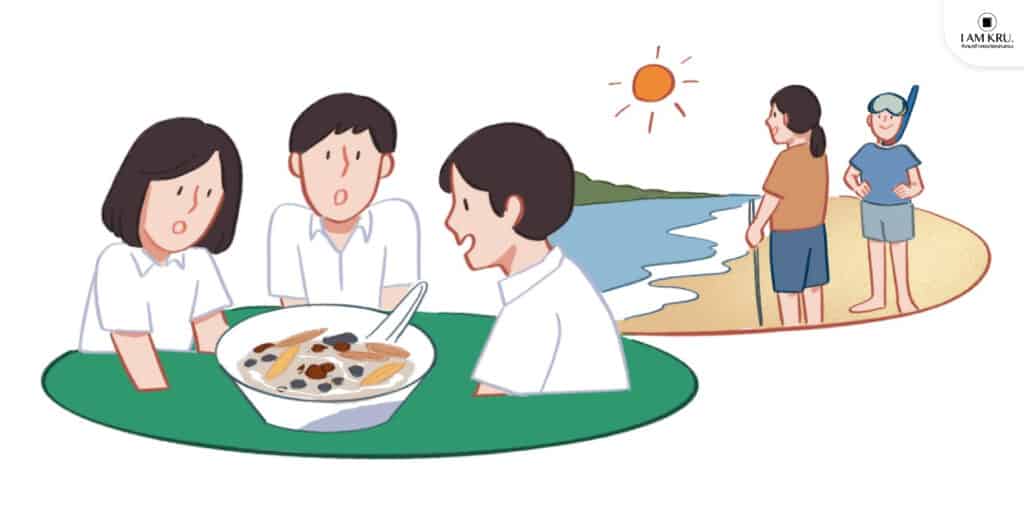
Learning from ‘Tubo’ the local sweets
Another school that also holds a learning activity based on the local product is Wat Khet Ho school in Kra Too district, Phuket province. Mrs. Kwanjai Inridphong, Wat Khet Ho school director, said that this school is open for kindergarten to 6th grade with a total of 170 students and 13 teachers and staff. The school is now operating a competency-based learning activity called “Tubo Khong Roi Nai Too” to develop an active learning curriculum that aims to sharpen reading, critical thinking and writing skills among students through the learning community for professional development.
“Tubo” is a traditional sweet in Phuket. This dessert is usually served once a year after the Vegetarian Festival. The texture is similar to mixed sweet potatoes in coconut milk with taro, red beans, tapioca dough sheet, and sugar. Teachers have brainstormed to design a learning integration unit called “Tubo, Khong Roi Nai Too” which emphasizes practical and active learning. Recently, the Tubo lesson is part of the main subjects in the school such as social studies, English, science, home economics, and mathematics.
For the “Tubo, Khong Roi Nai Too” model classroom, is science and technology class of 4th-grade students, divided its 25 students into 5 groups of 5-6 people and they are assigned to watch Noo Nid school VTR which is about sorting Tubo’s ingredient into the food nutrient group. At the beginning of the lesson, the teacher use the “cabbage” music activity as a way to regain previous lessons and grab attention from students, this method works very well.
During the period, the teacher will give each group a nutrition experiment recording sheet and a mind map to summarize different kinds of nutrients. Teachers will also be preparing scientific equipment for experimentation, including Tubo’s ingredients, and Tubo sweets for children to taste so they could analyze the ingredient. Students need to solve problems using scientific principles, making a flowchart of each component. After that, students have to design a table of experimental hypotheses, a summary, and a presentation.
Teachers are well prepared for the class, they can apply technology and teaching technique; icebreaking before the class starts, along with the flexibility and explanation, helps students to be active and willing to participate. Students are participative and attentive, always wanting to know the score of the group. Teachers could feel the joy of students, they are responsive, raising their hands to answer questions, participative throughout the class period, able to analyze information, design graphs and charts, present in front of the class, and discuss the different results with their classmates.
How to effectively learn from the ‘sea’
The last model school is “Ban Kalimh school” in Katoo district, Phuket province. Mr. Surawut Iewsakul, Ban Kalimh school director, said that this school is open for kindergarten to 6th-grade with a total of 108 students and 13 teachers and staff. The school has joined the Development Evaluation (DE) meetings to analyze the problem and signed an agreement for academic cooperation to further develop the “School Vision” and “Creative Students”. Ban Kalimh school determined its vision that in the year 2018 to 2022, the goals are to elevate the quality of students, to be good, smart, and happy, and provide knowledgeable teachers under a qualified administration along with up-to-date instructional media in a form of “ALPHA Model to Quality School”. The school also aims to develop learners to have competency-based learning and skills in the 21st century.
A competency-based learning unit in Ban Kalimh school is named “Idea-Sea” or I-SEA which derives from the word sea and idea. This unit is for 4th and 6th-grade students and the main subjects are Thai, science, English, arts, mathematics, and social studies. During the morality and ethics class and guidance period, the school took students to survey the beach area in front of the school to learn about nature, the local sea, and environmental conservation. Students that are able to dive will be given a duty to observe the sea, those who cannot dive will be surveying along the beach instead.
The school has presented the I-SEA BOOKLET during the Thai class period for students from grades 4th to 6th. The total time spent on this learning unit is 2 hours. The purpose is to develop reading, writing, listening, and speaking skills along with the use of the Thai language and the study of Thai literature. Teachers will be operating an integrated activity in language skills in which students will be expressing their imagination through writing. This teaching method can be integrated into many different subject departments since it helps to achieve a joyful classroom and allows students to spend their free time productively.
At the beginning of class, the teacher asked students to tell the folktale of Phuket that they have heard and help out each other to summarize each story. The teacher changed the old presentation method, writing down on paper, to present on the flip chart using colorful markers. This method has successfully grabbed the attention of students and also helped to widen perspectives of both the teacher and students, not just limited in the educational framework.
These 3 model schools have proven that integrating the highlight or the existing local product in different subjects is working. If the school executive is determined, has a good operational direction, and has a supporting team, the Equitable Education Funds (EEF) and Phuket Rajabhat University believe that the school will be able to have its own fun, distinctive, and quality teaching method.
669
- Active Learning, Core Learning Outcome, Development Evaluation: DE, PLC, Professional Learning Community : PLC, TSQP, Whole School Approach, ชรินทร์ ชังอินทร์, มหาวิทยาลัยราชภัฏภูเก็ต, สุรวุฒิ เอี่ยวสกุล, โครงการพัฒนาครูและโรงเรียนเพื่อยกระดับคุณภาพการศึกษาอย่างต่อเนื่อง (TSQP), โรงเรียนบ้านกะหลิม, โรงเรียนวัดกู้กู
- Active Learning, Core Learning Outcome, Development Evaluation: DE, PLC, Professional Learning Community : PLC, TSQP, Whole School Approach, ชรินทร์ ชังอินทร์, มหาวิทยาลัยราชภัฏภูเก็ต, สุรวุฒิ เอี่ยวสกุล, โครงการพัฒนาครูและโรงเรียนเพื่อยกระดับคุณภาพการศึกษาอย่างต่อเนื่อง (TSQP), โรงเรียนบ้านกะหลิม, โรงเรียนวัดกู้กู
Writer

- เอื้อการย์ โรจนจิรไพศาล (มะแม้ว)
- นักเขียนผู้หลงรักการผจญภัยในเมือง ปรัชญาในชีวิตจริง และการไป Cafe Hopping ทั่วทุกมุมเมือง
